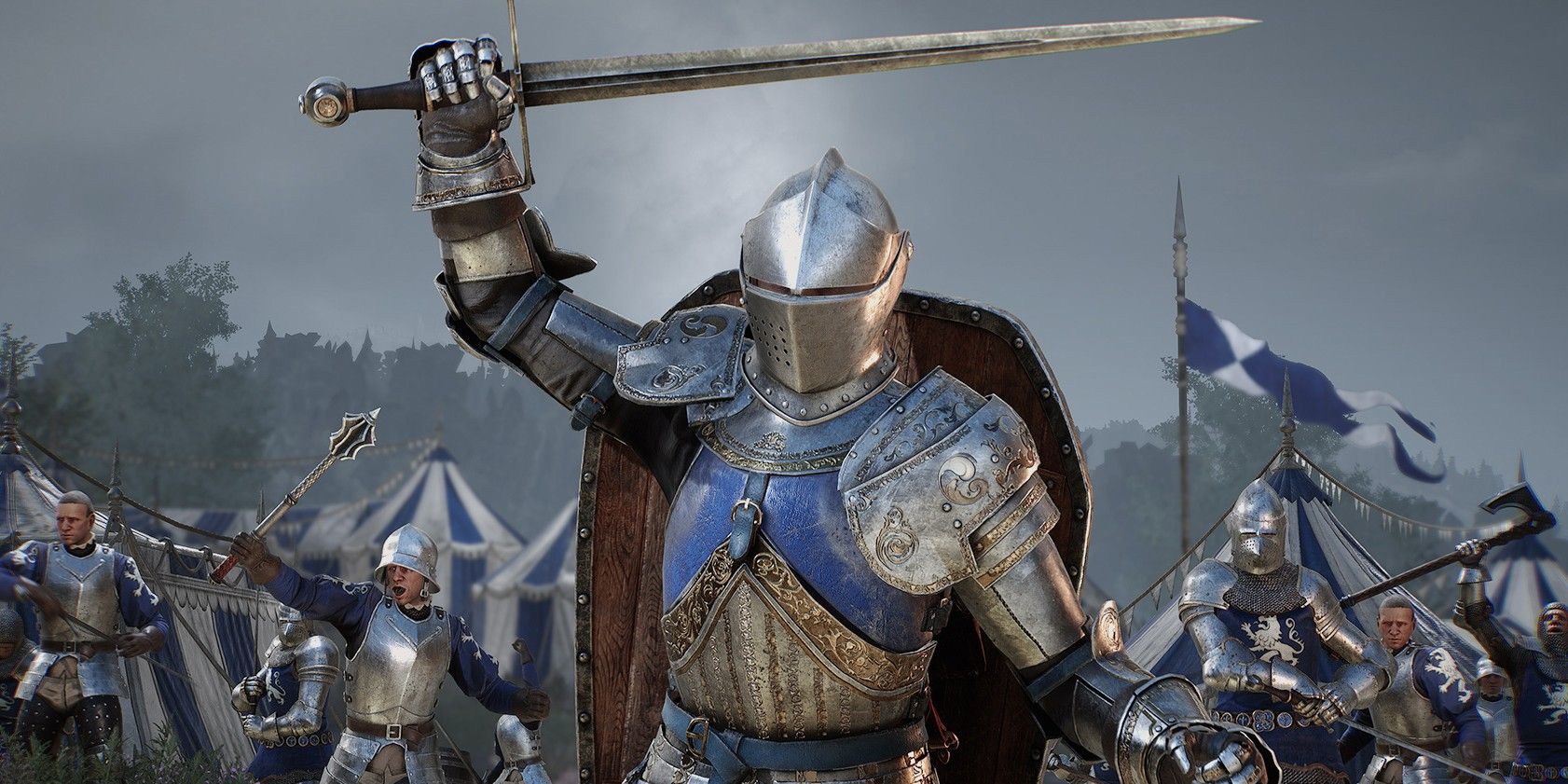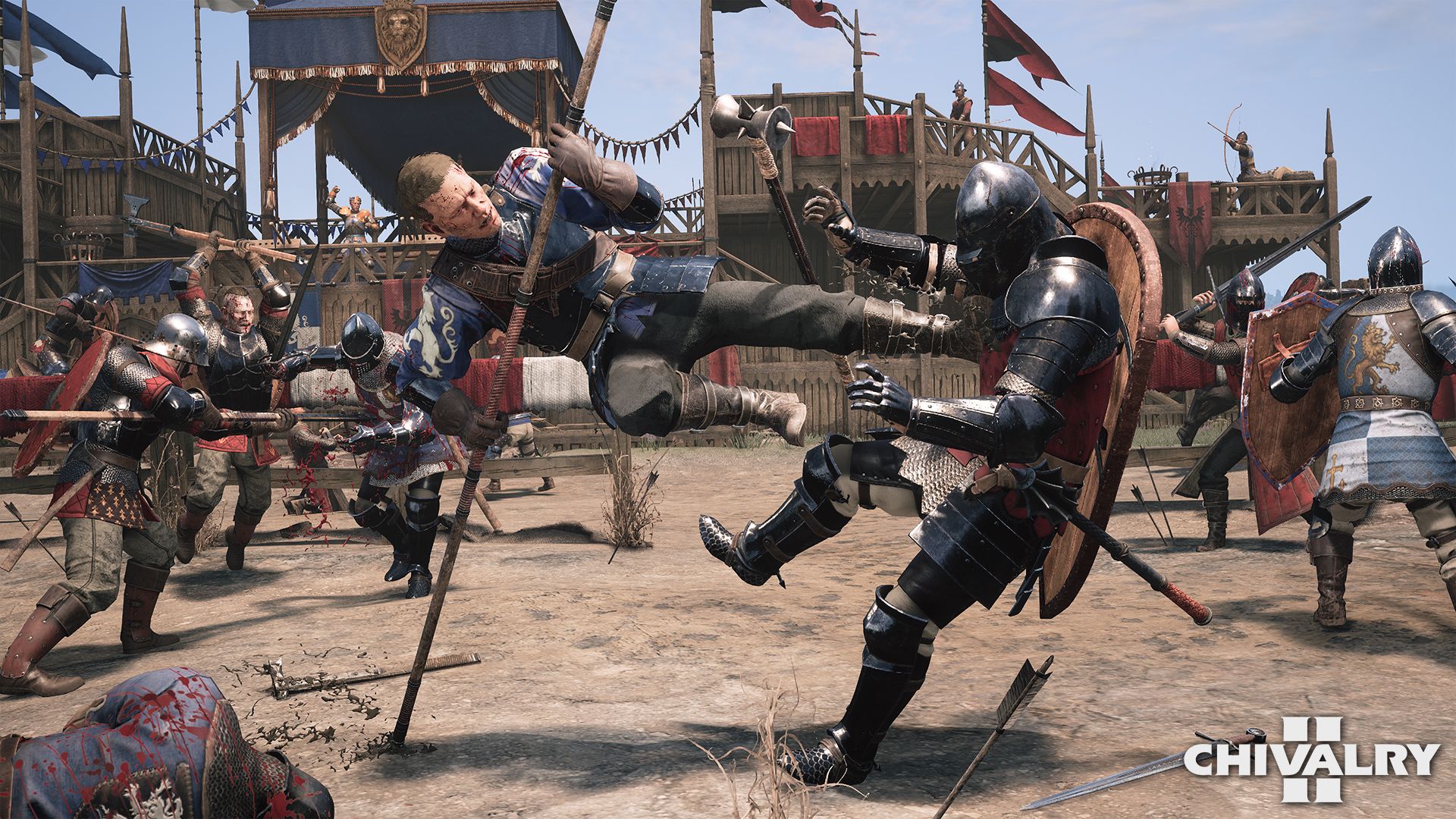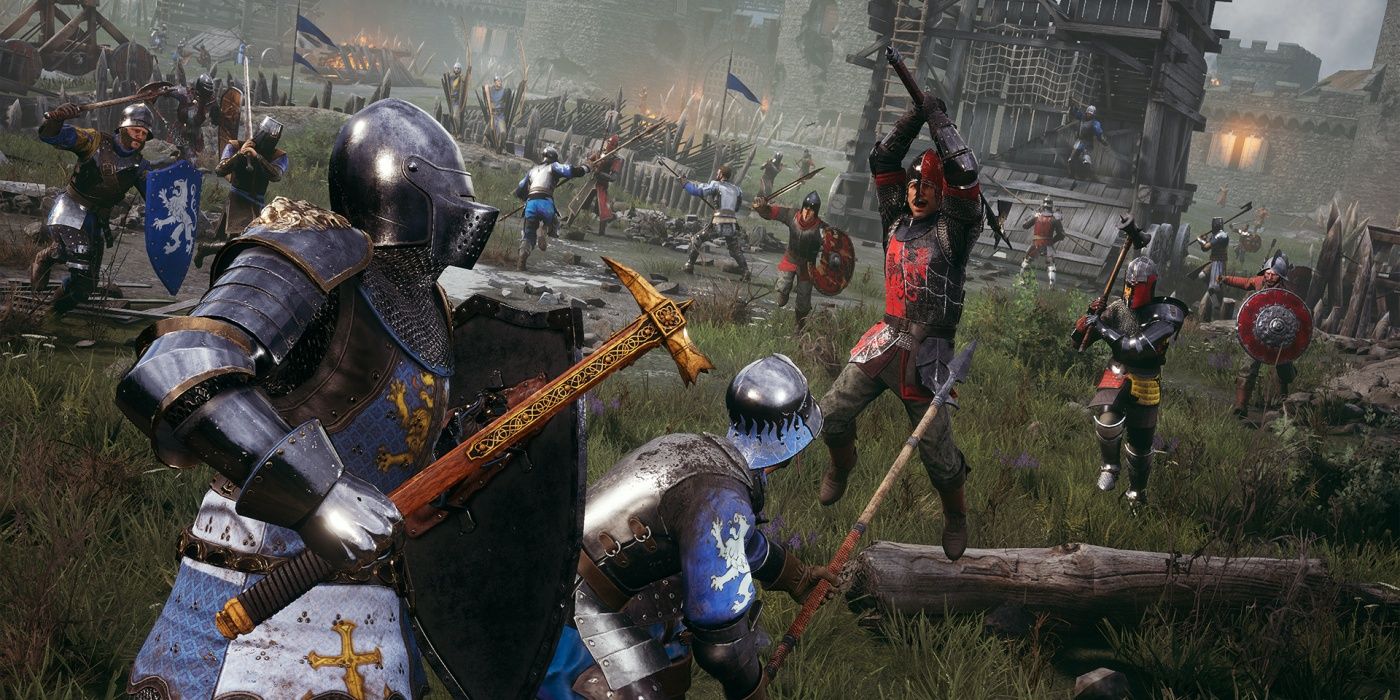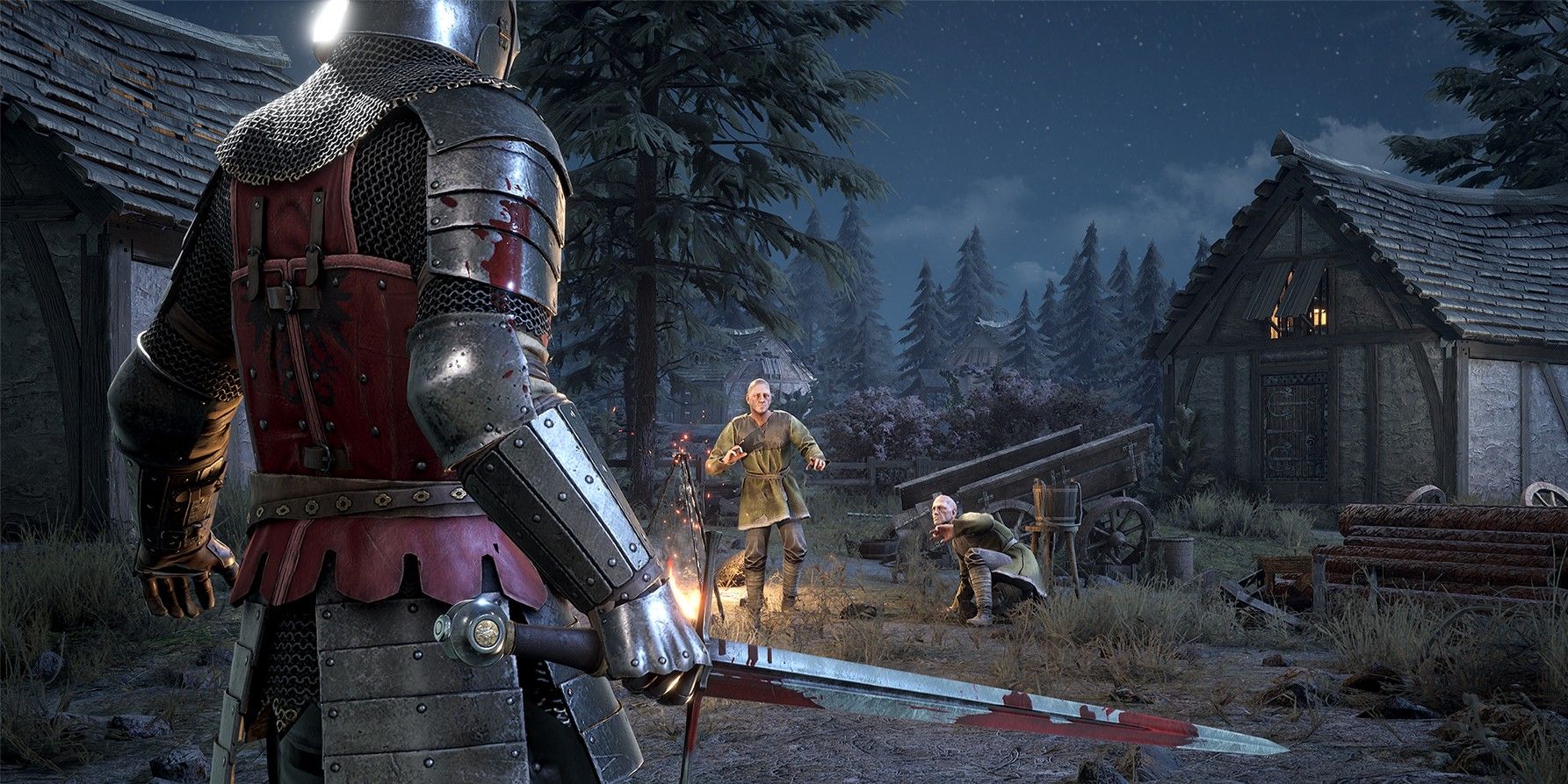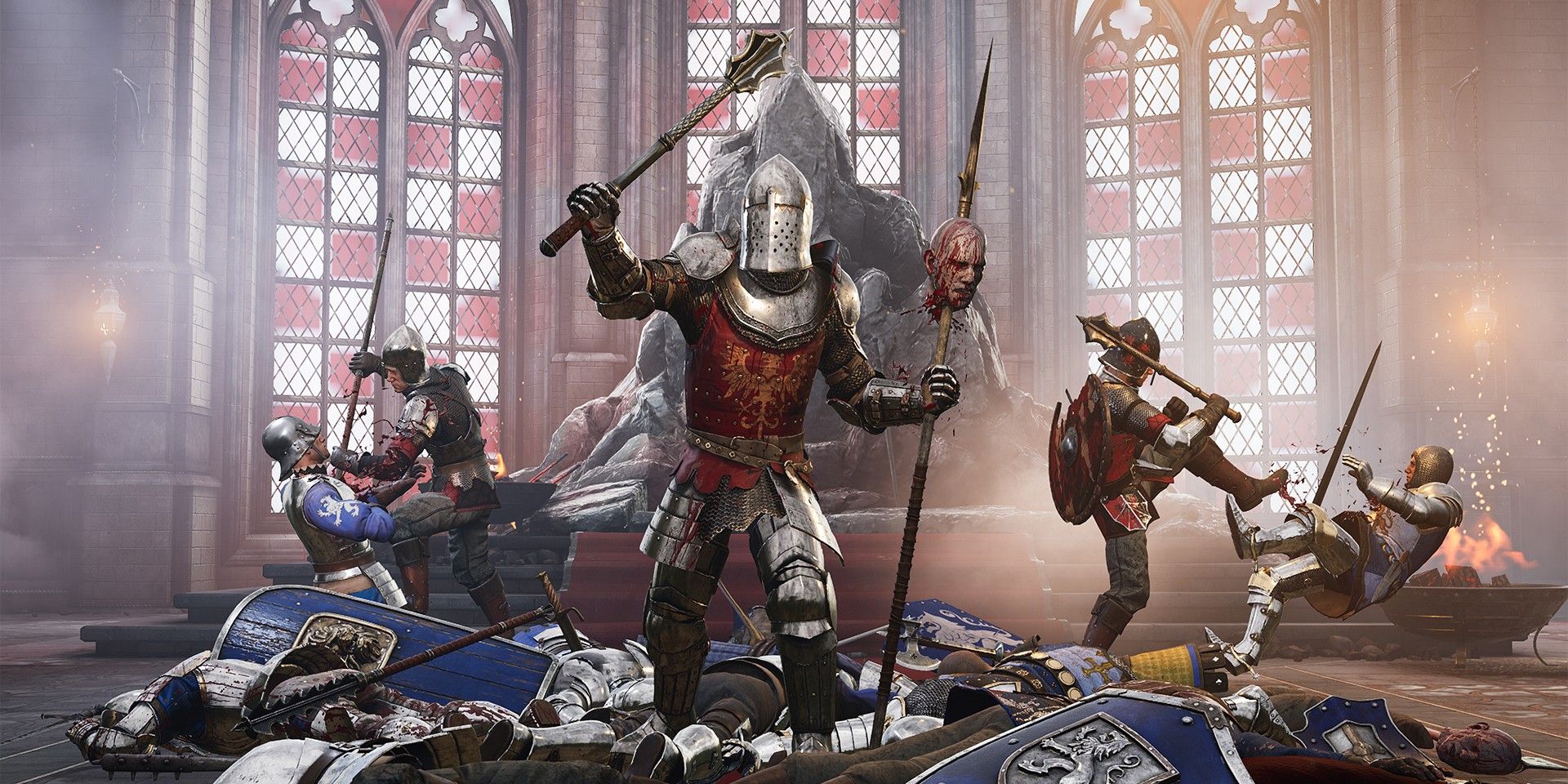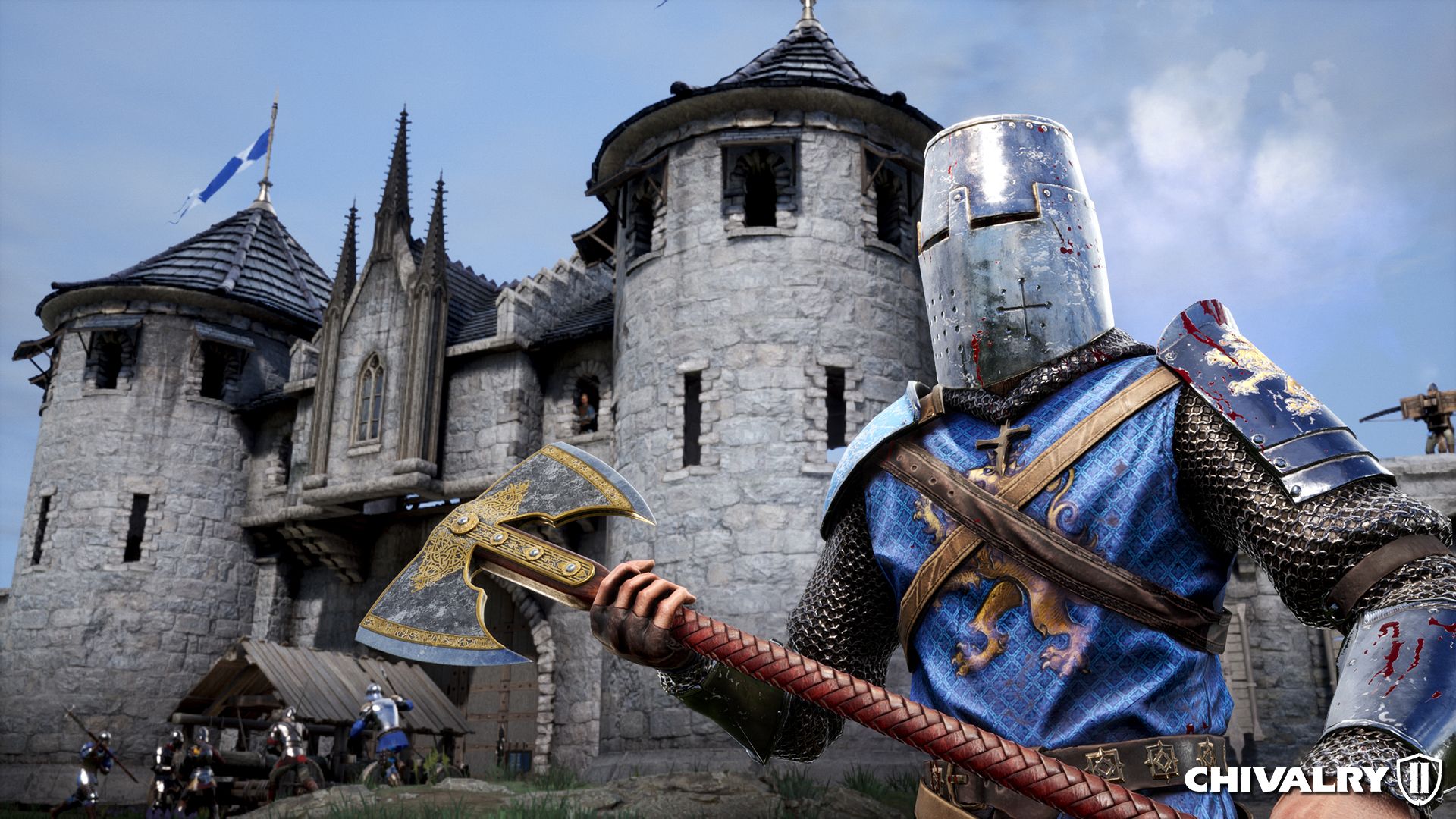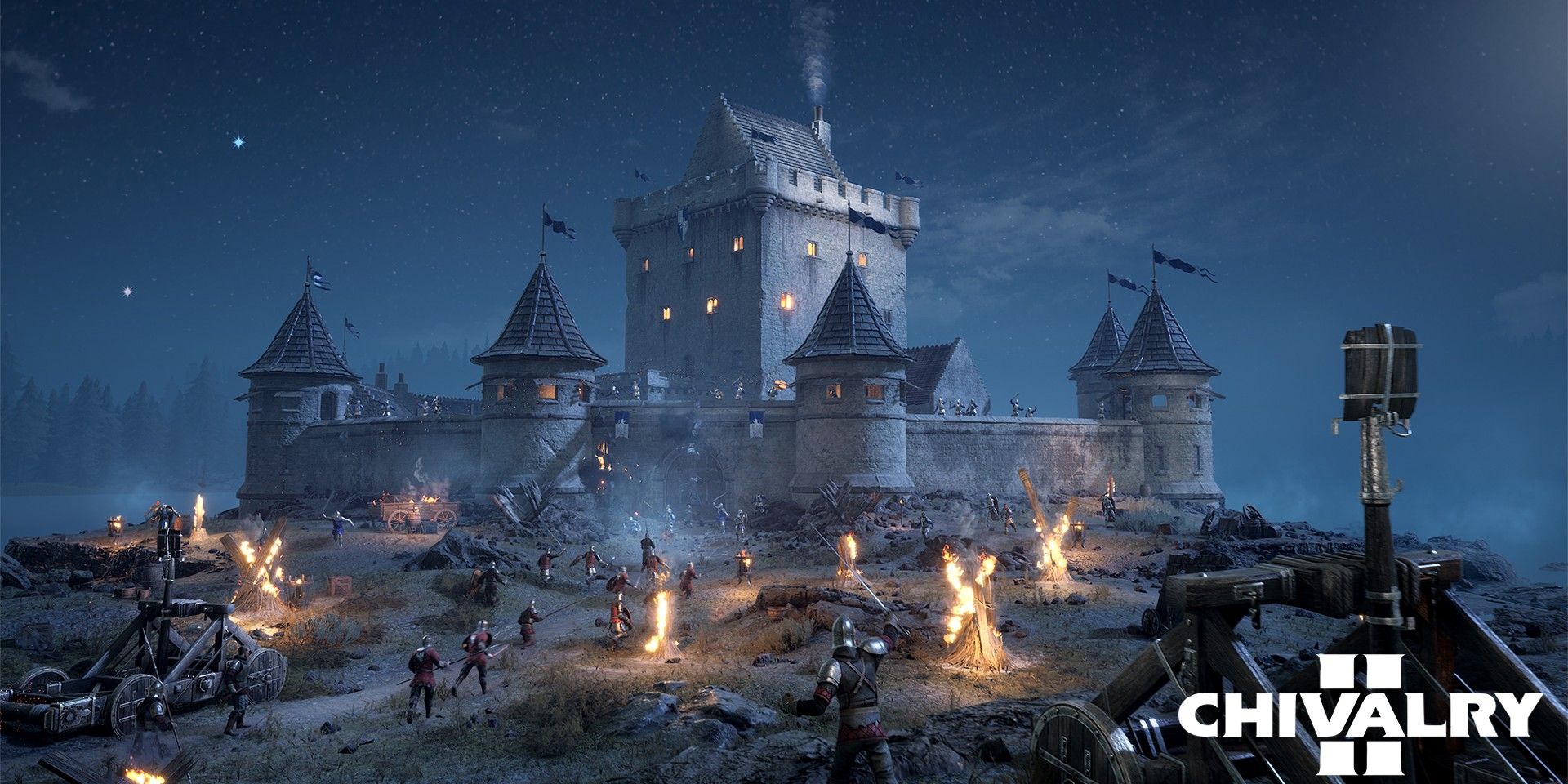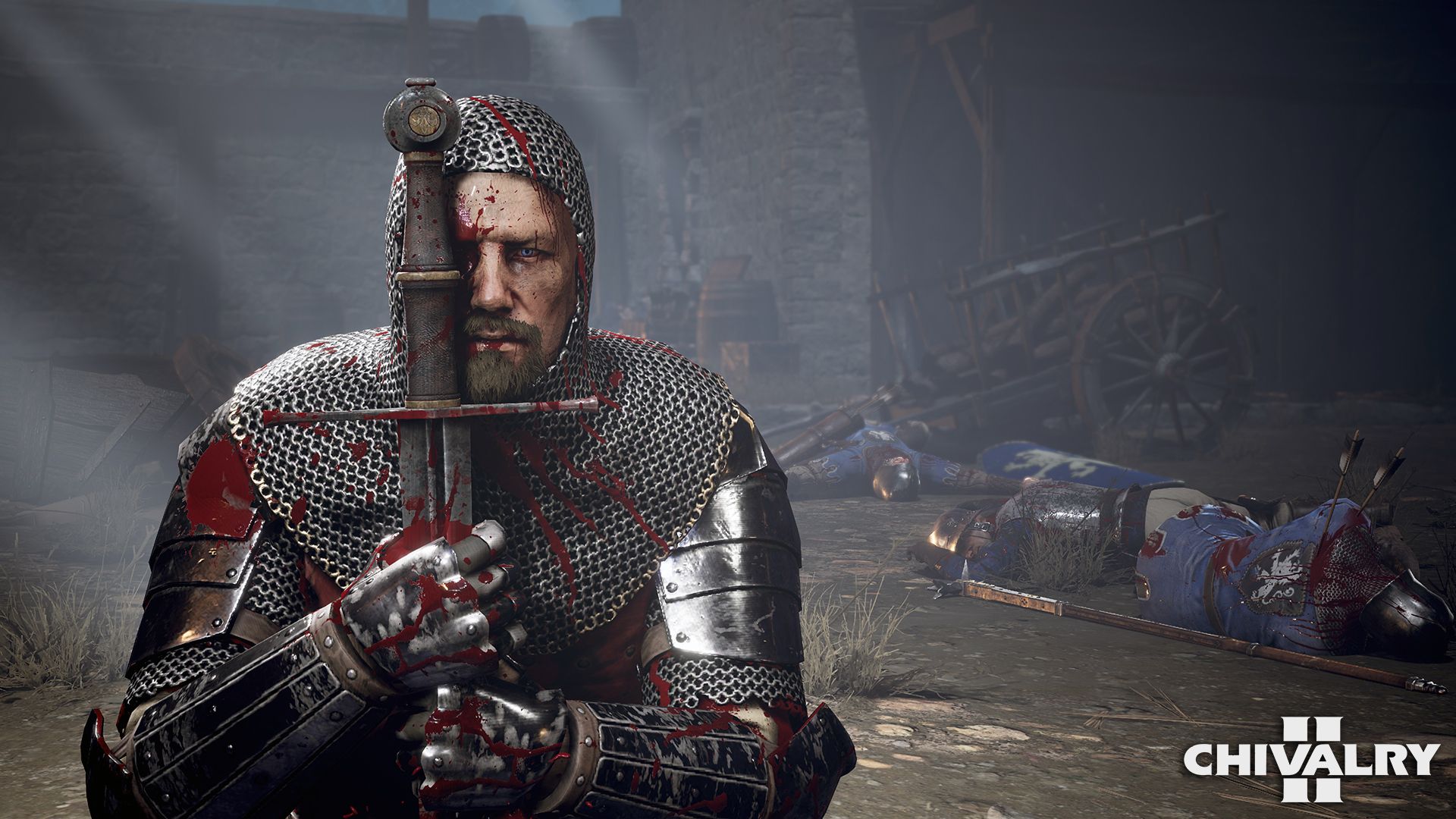Although it's not the technical follow-up to 2012's Chivalry, Chivalry 2 has revitalized a series fans have been waiting to enjoy on last-gen and current-gen consoles. Chivalry 2 keeps things simple with three game modes to play, four classes to choose from, and a handful of different weapons with their own strengths and weaknesses.
Chivalry 2 does have a learning curve. Players won't be able to hop into their first game and rack up the kills like they're King Arthur. While the combat is reminiscent of The Elder Scrolls: Skyrim (just without the dragons), it's not as simple as point and swing. Before players focus on learning combat strategies, they should make sure to play through the tutorial. Players will learn basic combat mechanics that are both similar to and different from any other sword and shield game they've ever played. This guide will focus on some combat tips, hints, and strategies in Chivalry 2.
Chivalry 2: Basic Combat Tips
The most obvious tip for surviving and succeeding in Chivalry 2 is not to get outnumbered. There is little chance of surviving a three-on-one unless all three enemies happen to be AI-controlled bots. Players can easily spot these bots, as they'll stroll across the battlefield, they won't defend very often, and don't combo well. They also wear basic cosmetic pieces.
When players do find themselves surrounded by three human players, they should try not to get surrounded. They can stick to one side or the other and turn a 3 v 1 situation into a quick 1 v 1. Vanguards and Footmen have a better chance of surviving these situations because of their longer-range, high-damage weapons. Knights will have a tough time in these situations, and Archers will likely have the most difficult time of all classes.
Outside Combat, there are plenty of strategies players can use to help their team. When storming castle walls, there are often multiple ways of flanking and maneuvering other than going right up the middle. Players should look for carriages containing ladder pieces to build and hoist ladders. The more points of entry the team has, the better. Players will want to make sure to knock those ladders and ramps down when defending the wall.
Avoid Team Damage in Chivalry 2
Team damage in Chivalry 2 doesn't cause much damage, but players can still accidentally down and kill their teammates. It's tempting to join four other teammates fighting a lowly Knight opponent, but that is often a bad idea. Team damage is most difficult to avoid when playing as the Archer. It's hard enough to land shots in Chivalry 2; it's even harder to thread the needle through teammates.
Archers should stick to the high ground to shoot over their teammates' heads. If they can't, Archers need to flank left or right to catch enemies by surprise and avoid hitting teammates. This can be risky, however, Archers become easy targets once they are left alone. Archers can be used at close range, especially the Longbowman and Skirmisher subclasses. They should be safe as long as they have a handful of teammates nearby to draw enemy aggro.
Bait Opponents 1v1 and Initiative in Chivalry 2
If choosing the blade over the bow, players will want to seek 1v1s on the battlefield to hone their combat skills while still giving themselves decent odds. When players do find a lone opponent, they should stay on the defensive and use counters and ripostes wisely. Of course, if that lone opponent is unaware, players can go on the offensive. Of course, it does depend on which class players are using. For example, Archers engaged in 1v1 against a Knight are going to struggle.
Initiative is the most important concept to understand in Chivalry 2. When players land a hit, they'll have the Initiative. That means if both fighting players attack at the same time, the player with Initiative will land the second one. Players can regain control of the fight by blocking or dodging instead of attacking after being struck. Furthermore, after landing a strike, players should always follow up with another one. They can use the dragging mechanic to catch dodging opponents and wildly moving enemies.
Players can think about Initiative this way:
- Get Hit: Block, Dodge, or Jab. Don't attack.
- Landed a Hit: Swing again.
Of course, there are a few exceptions to this rule when it comes to weapon speed. For example, if a Vanguard lands a hit on a short sword-wielding Knight, the Knight can land a hit with his quicker weapon before the Vanguard can wind up again.
Look for the 2v1s in Chivalry 2
While 1v1s are fun, evenly matched players could stay deadlocked in a defensive battle. However, they can also help teammates currently engaged in a 1v1 instead by flanking behind the enemy and hacking them in the back. While this technique would be greatly frowned upon in the Dark Souls community, it's expected in Chivalry 2.
Of course, it's imperative that players avoid dealing team damage. When ganging upon an enemy, players must make sure there's some distance between teammates. The last thing players want to do is team kill the friend they came to help.
Use Combos in Chivalry 2
Combos are a staple of Chivalry 2. They can be tricky to master, however. Players can chain combos together by inputting the button commands before the attack completes, like an attack queue.
Using combos will also throw off opponents who are attempting to counter attacks. It's very easy to punish an enemy who keeps abusing slash attacks. Players can use a variety of moves and combos to avoid counters and land more follow-up hits.
Players can also hold down the attack buttons to launch heavy attacks during their combo. This will punish anybody holding a shield or defensive stance. Players should only use the feint mechanism in 1 v 1, to throw off an opponent when they're trying to counter. In the heat of battle or if engaged in an unfavorable 2 v 1 fight, it is best not to bother with feints.
Block in Chivalry 2
A dead Knight is a useless Knight, so blocking is the key to survival in Chivalry 2. However, blocking doesn't work as conventionally as it does in other games. Players actually have to aim their blocks to match the tip of the opponent's weapon. The hit-box is pretty big, so players don't have to be incredibly accurate. However, players won't be able to block down at an enemy's feet while they're swinging overhead.
Riposte vs. Counter in Chivalry 2
Countering is a useful mechanic if players can master it, but it's not very practical in heated battles. Players will be engaging with multiple enemies at once, and trying to match their strike pattern will get them killed more often than not. In the heat of battle, it's better to Riposte enemy attacks by blocking and then attacking immediately. Riposts give players a short state of invulnerability as they auto-block other attacks after a successful Riposte.
Ripostes are especially helpful when outnumbered, as they allow players to fight back and auto-block multiple incoming attacks. The invulnerability doesn't last long, only long enough to attack again quickly. Players should be ready to go back on the defensive and avoid becoming surrounded or backed into a wall or corner when using Riposte.
Chivalry 2 is available on PlayStation 5, Xbox Series X|S, PC, and Last-Gen.

